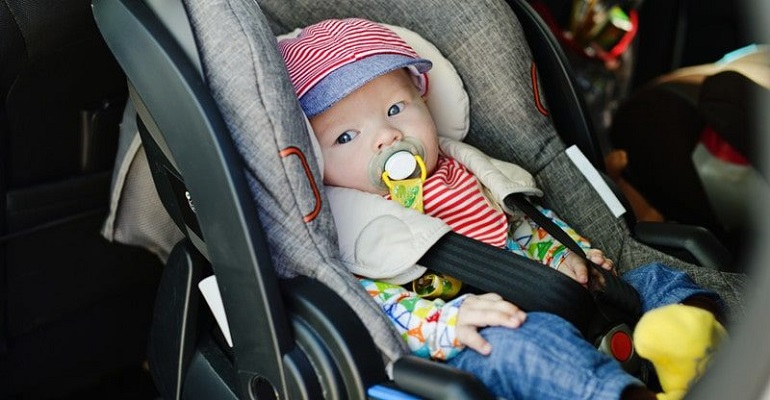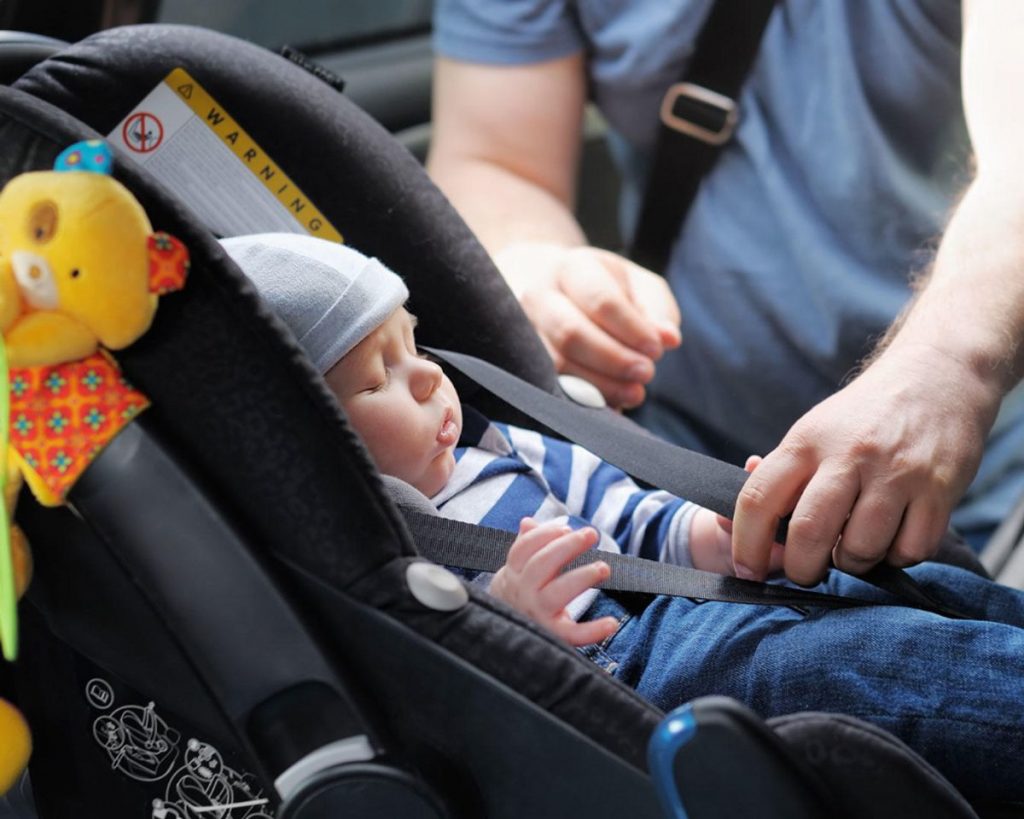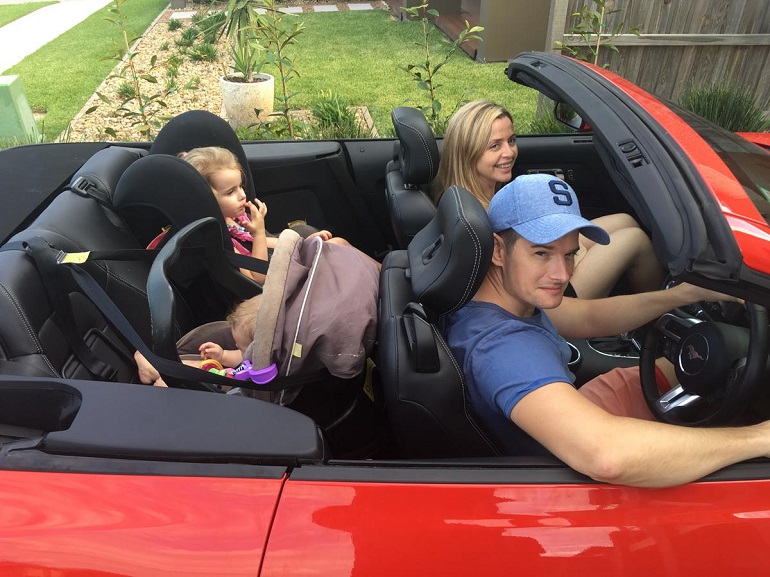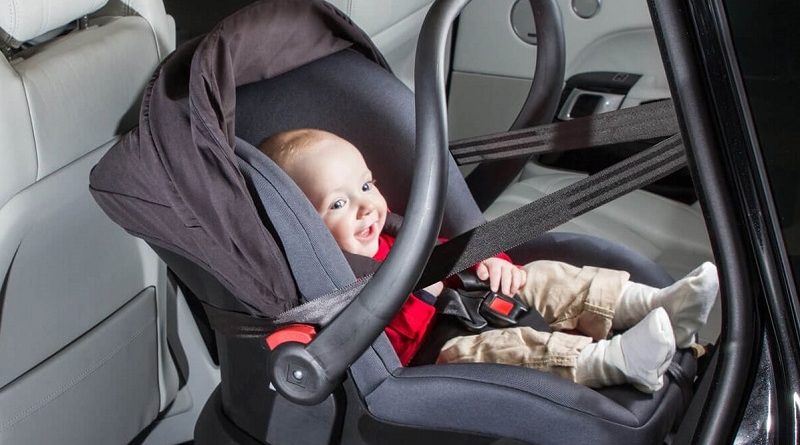How to Pick the Right Newborn Capsule for Fun and Safe Car Rides
If you’re a parent, I’m sure you already know that children under the age of seven are not permitted to travel in a vehicle that does not have a properly fitted and fastened child seat that fulfils the Australian safety standards. Babies must be seated in a rear-facing restraint until they are six months old, and it is advised that they remain in a rear-facing seat until they are twelve, or even thirty months old. Children under the age of seven must be secured in a forward-facing restraint or booster seat.
But what the experience of having two boys back-to-back has thought me is that the type of restraint used is determined more by the child’s size than by their age. Even when they reach the age of seven, a child’s seated height will determine whether or not they should remain in a booster seat.
That being said, if you’re the parent of a newborn prepare to deal with capsules for quite some time. To make things easier for you, I’ve created this comprehensive guide that will answer the most common questions and give you advice on how to select the right newborn capsule for your angel.
What Is a Baby Capsule?

A baby capsule is a restraint that consists of a convenient removable capsule and a compact stay-in-car base that is usually left to sit in the vehicle permanently. Allowing your baby to stay secured and hopefully asleep during the car ride, this basket-like newborn baby capsule is safe, handy, and easy to remove from the automobile. Newborn capsules are a baby’s first piece of travel equipment, as they are designed for children weighing up to 9kg.
The removable capsule can also be attached to a stroller and this is referred to as a Travel System. However, you can’t attach the capsule to just any stroller. You need to buy a specific stroller and adaptor that is inspected and authorised for the capsule. And if you want to be able to use the newborn capsule in your second car, you have the option of purchasing an additional stay-in-car base.
What Types of Newborn Capsules Are Available?
There are two types of baby car seats, and both are equally safe, so which one you choose is a matter of your particular needs and expectations. When purchasing a car capsule for an infant, you have the following options:
Infant-Only

Until the baby weighs 9 to 10 kilograms or their head is within 2.5 centimetres of the seat’s top, an infant-only car seat can be utilised. They’re usually lighter in weight and made to be portable.
Many parents prefer the ease of this type of capsule because it can be removed from the car without disturbing a sleeping baby. The base of the car seat remains secured in the vehicle, while the carrier snaps in and out of the base.
Infant-only seats are also useful because they may be attached to a stroller’s base. When searching for a baby carrier, make sure it’ll work with your stroller. Until the baby weighs at least 13 kilos, choose one who is certified to face the back.
What’s Better: An Infant Capsule Carrier or Pram?
Furthermore, an infant-only capsule can be purchased as only a carrier or in conjunction with a stroller bundle from the same company, and thus easily be turned into a baby capsule pram in seconds. The latter is frequently cited as the handiest alternative because it adapts fast to your changing needs – whether you want to carry it around like a basket or add the wheelbase to turn it into a baby capsule pram without waking the baby.
Convertible

For parents looking for a more long-term investment, convertible capsules can be an attractive option. But even though a convertible seat can be used from birth, infant-only seats are the preferred option for newborns. Because they can be fitted as a rear or forward-facing seat, convertible seats are an excellent alternative if you want a product that will last for years. Furthermore, most have time constraints that allow youngsters to ride rear-facing for at least two years.
The downside to convertible seats is that they are not designed to be moved; instead, they are permanently installed in the vehicle. Because they can be fitted as a rear or forward-facing seat, convertible seats are an excellent alternative if you want a product that will last for years. Furthermore, most have constraints that allow youngsters to ride rear-facing for at least two years.
How to Properly Fit the Capsule?

While getting a larger baby capsule car seat to ensure that you have functional travel gear for as long as possible may seem enticing, it is preferable to select one that fits tightly and prevent’s the baby from moving around. As a result, your kid will have a greater sense of security and comfort. When transferring the capsule in and out of the automobile, the more tightly tucked in a child is, the less likely you are to wake them.
But perhaps more important than picking the right size is how you fit the capsule. According to a recent report, 7 in 10 children aren’t secured into their travel capsules properly or the capsule isn’t adjusted as they grow. That said, safety experts advise that your capsule is fitted by a professional and adjusted as needed.
When placing your child into the capsule, make sure to:
- Check that no part of the restraint shows looseness or slack. Inspect the top tether and the seatbelt that secures the capsule seat to the car seat, and check the firmness of the harness straps.
- Use the top tether strap for convertible car seats, as well as booster seats that have them.
- Always thread the seatbelt in the proper direction (this may be colour coded on newer car seats).
- When you get in the automobile, make sure your seatbelt is fastened.
Additional Features to Look for
The majority of capsules now include head huggers, which are pillows that hold the baby’s head in place. Aside from providing an extra layer of protection for a baby’s soft head, the lack of swaying also helps to keep the baby asleep.
While you might have made sure that you and your little one are sun-safe while driving, don’t forget to ensure proper protection after you get out of the car. A sun or rain shade can also be connected to the capsule, shielding the child from the elements and allowing them to enjoy their nap time uninterrupted when you’re out and about.

